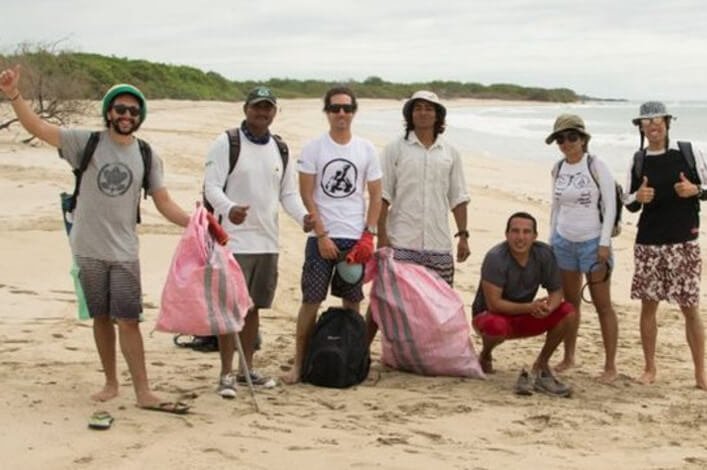
I have been very lucky to visit Galapagos numerous times, first as a volunteer at the Galapagos National Park Directorate (GNPD) and then at the Charles Darwin Foundation (CDF). At the start of 2016, I returned to support the Foundation’s work as a “Local Liaison Coordinator” on Isabela, the largest island in the Galapagos. I liked the idea of coming back and helping the Foundation, which has a long history of scientific advice for the management of the conservation of the Galapagos Islands.
Even though CDF has its main office on Santa Cruz Island, its projects are executed throughout the archipelago. It has always been important to have bases on other islands to expand its mission, and this has been part of CDF’s strategic vision. Near the end of 2016, it was decided that we needed to renew CDF’s presence on Isabela, because the very last time we had a base in Puerto Villamil was from 1980s until it closed down at the end of the 2000s. I was sent to Isabela in order to restore contact with the local community, establish bases and carry out activities in the future.
“I remember when the Foundation worked [on Isabela], groups of children of all ages would come together and they would be taught about conservation issues. It’s a pity they left. We hope that now they are back they can bring back these kinds of activities that we badly need on Isabela.” — Jackeline Murillo (Resident of Isabela)
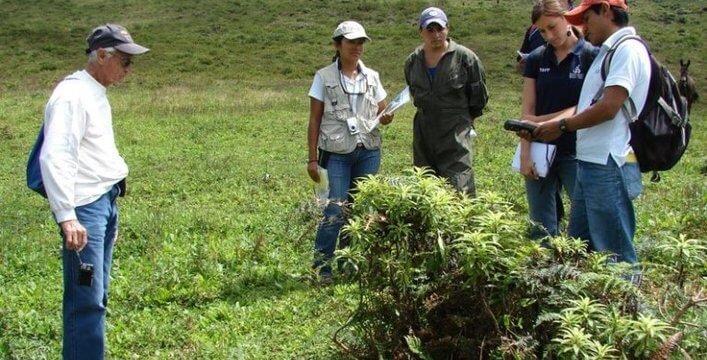
Isabela is the largest island in Galapagos, but has a population of only approximately 3,000 inhabitants. Of the inhabited islands, it’s the only one that has a beach that almost extends the entire length of its town, which is named Puerto Villamil. The town's point of entry is surrounded by islets with mangroves full of marine species and other wildlife. There is direct contact with the beach and nature in Puerto Villamil, making it one of the favorite destinations for tourists. It has grown over the years, but is still small. After living there for two weeks, you realize that you know almost everybody whom you pass. Life is simple, but population growth has led to increasing development, expressed by a large amount of concrete infrastructure and reduced green spaces.
“Isabela is beautiful! The beach and its proximity to the town is incredible! We have seen marine iguanas resting on the rocks all day long, flamingos flying in front of us and sea lions bathing to one side.” — Patricia Bazo (Peruvian Tourist)
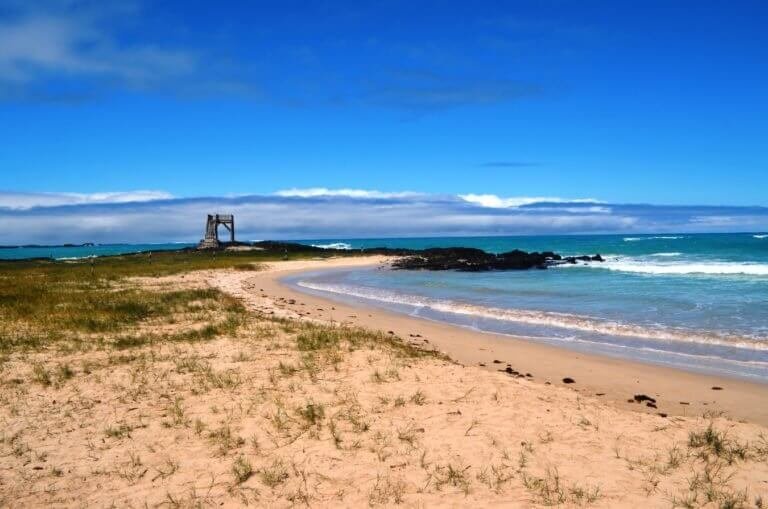
The activities I have carried out on Isabela have been varied. I have had institutional meetings to discuss new opportunities for scientific research, in addition to giving advice to the Municipality about environmental management and implementing a donations point on the island. Other activities related to the field were beach cleanups, and coordinating group visits of researchers and accompanying them on their excursions. For instance, I have gone searching for frogs in the banana groves and freshwater sources to check their existence in the highlands of the island. I have gone “hunting” for geckos as food for the animals that were being investigated.
I have also been involved in environmental education, supporting during the summer children’s activities organized by the Galapagos National Park Directorate (GNPD). These included different events such as the global day for the environment, where the GNPD organized a parade with children dressed as tortoises and iguanas with signs asking to be protected and respected by the community and tourists.
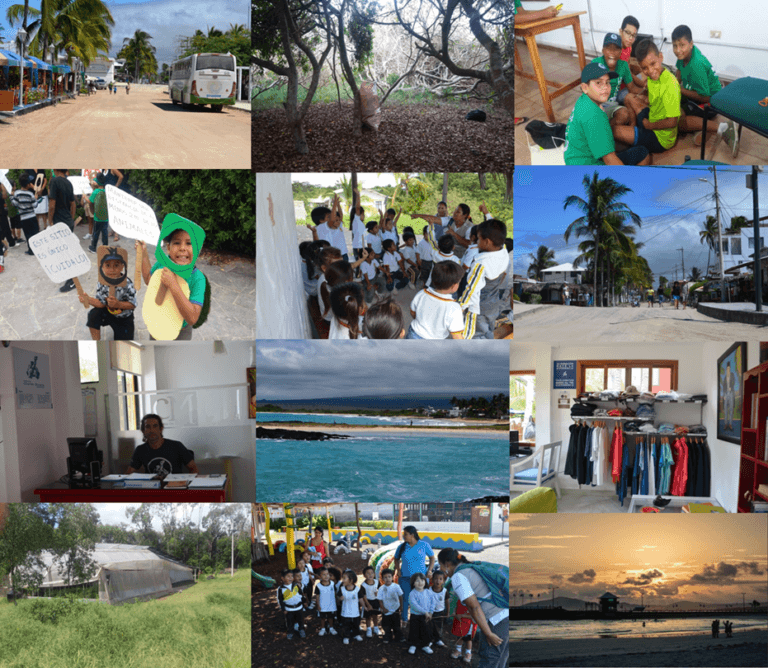
In this context one can realize the important role that the Charles Darwin Foundation and similar organizations could have on Isabela. It is undisputable that science by itself is important, because it provides objective and verifiable knowledge. But the Foundation’s investigations are also fundamental because they are applied towards the conservation of the islands.
The greatest threats to conservation have a human origin, and this is the theme that needs to be dealt with to generate real and sustainable change. Hence, science should not only be done in a serious and formal way, but should also involve the local community. Outreach campaigns should be carried out to reach the entire community. In this way we will spread consciousness about the importance of biodiversity conservation and how our actions have impacts on the environment. This can be done through scientific projects that, as much as possible, involve the community, and also through activities with the community that have the objective of disseminating the work and results of the project.
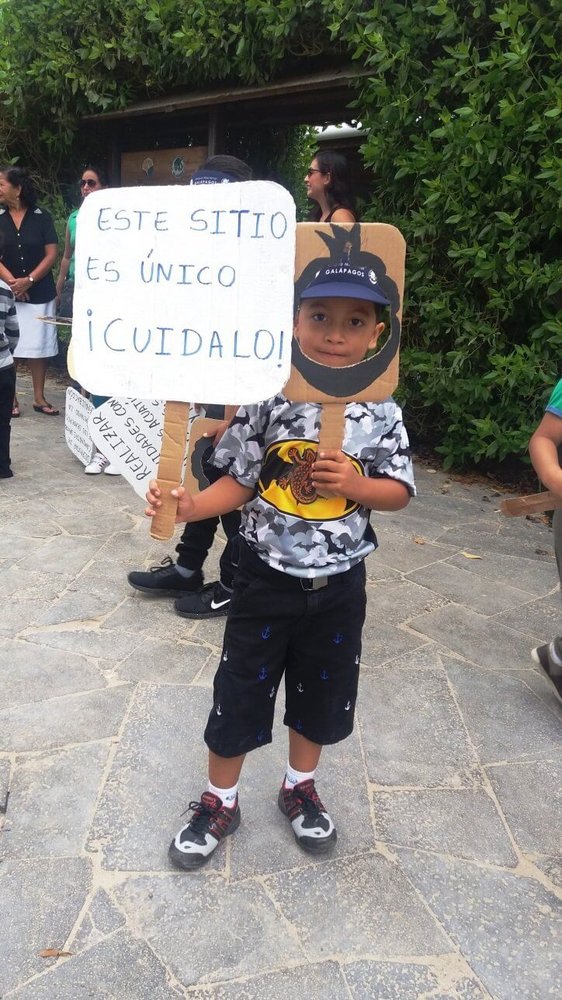
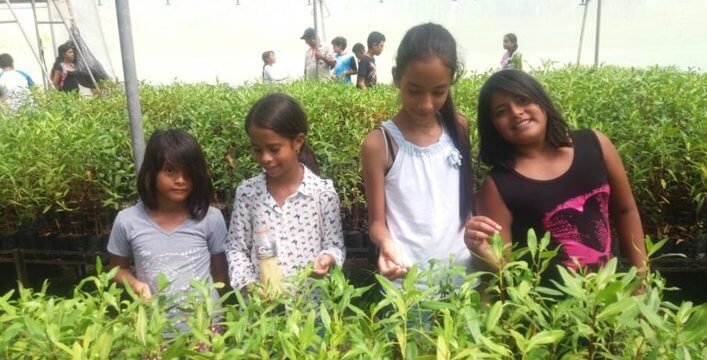
This work isn’t short-term, but it is one of the main ways to ensure that the Enchanted Islands are sustainable. Real protection and conservation of the islands must be everyone’s responsibility. I hope that I am able to keep supporting and collaborating for the sustainability of Galapagos.
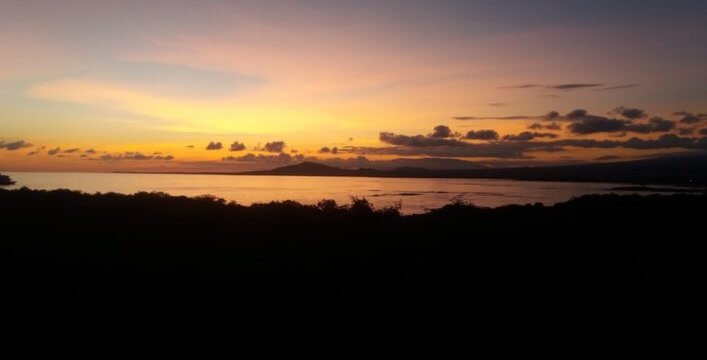
Ernesto Bustamante Velarde is a Peruvian. In Peru, he studied Environmental Engineering and worked for several years on themes related to extraction industries. Later, he studied for his Masters in Environmental Management in Australia. When he returned to Peru in 2016, he decided to change his career towards topics about which he was passionate, such as conservation and climate change. After looking for work, he had the opportunity to return to Galapagos and represent the Charles Darwin Foundation on Isabela.





